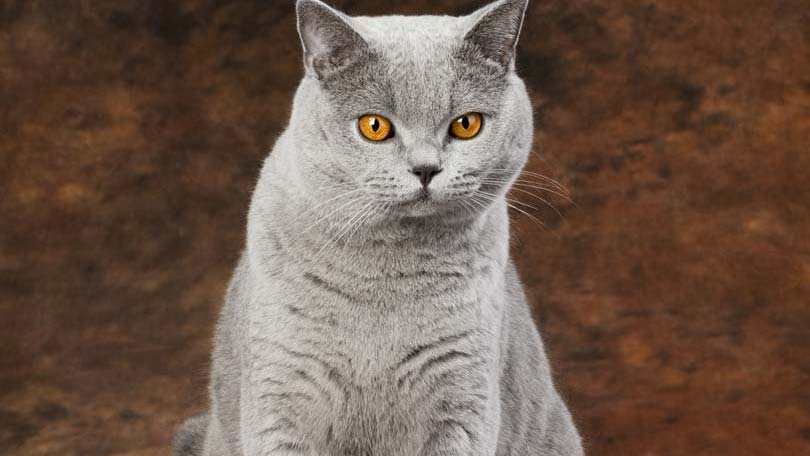
If you asked my Uncle Ernie how long do cats live, he would have stated that it completely depended on whether or not they used the litter box regularly. Of course, he was kidding. He had the dry sense of humor that usually involved death to anything that displeased him. However, there have been studies that link a cat’s urinary habits with their life expectancy. Cats who are relatively easy to potty train, that skip over that pre-castration need to spray, and who are not prone to urinary tract infection or spite peeing tend to live about three to five years longer than other cats. This, of course, is a theory with a certain amount of hard evidence to back it up, but it seems to hold just enough water to come in one step above an old wives’ tale.
A Cat can Live to 20 Years
A healthy, strong American shorthair cat can live about 20 years. Not all cats will make the dual decade mark. Diet, exercise, whether the cat lives inside, outside, or a combination of both, physical attentiveness, and heredity all play a role in the life expectancy of just about any cat. But these things can be such a determining factor that they can actually become a direct cause or failure of hitting the 20th birthday.
The oldest cat in recent American history was a whopping 28 years old. There have been a few cats in Australia and New Zealand to come in close to this record, living to be 25 or 26, but as of this moment, 28 seems to be the jackpot number. Of course, this is very rare. The most astounding related fact is that only about two decades ago a cat was only expected to live about 6 to 8 years, with over 40% only making it to their 4th birthday. Why such a dramatic change in life expectancy?
When considering how long do cats live in today’s society, we have to examine the reasons people today own cats. Once upon a time, the vast majority of cats were assigned to the barn, fielding mice and other rodents who would threaten to destroy stored harvested crops. They did their jobs well but were not rewarded with vaccinations, medical care, castration, or lavishly expensive $20 per bag cat food. A great many were left to their own devices when finding food, which included the consumption of disease ridden rodents. It was about 20 years ago that the trends began to change significantly for the better, and for the better lives of cats.
Some cats still pull their weight in the barn, and their life expectancy is not anywhere close to the 20 years of an indoor cat. However, even barn cats (for the most part) are castrated—leaving only one of each gender for future reproduction – have received their vaccinations, and are allotted medical care and a healthier diet of cat food. While this is not true of every single barn cat, the statistics are proving a change in attitude.
An outdoor cat is not expected to live nearly as long. A cat who lives primarily outside, while they may seem healthier because they rarely fall victim to the cats’ house-born disease of obesity, have a life expectancy of 4 to 8 years, depending on their luck and location. Cats that make the outdoors their home, even if they are well cared for, are prone to diseases spread through fighting and intimacy with other infected cats, not to mention the wide variety of traumatic events that can take place. Dogs, other cats, cars, and unfortunately vicious people claim the lives of about 60% of all outdoor cats before they expire of natural causes.
Cats are experiencing much longer lives due in part to the advancements in both veterinary medicine and the nutritional qualities of the manufactured cat food. All living creatures need nutrition to survive. It’s basic and standard. Without nutrition, the body does not function properly. There is a difference between not functioning at prime and being completely deficient. Few human beings are able to balance their diet enough to function at prime. Considering that cats are actually carnivores, it is almost impossible to provide them with nutrition that will allow them to operate at prime. However, cats can be given adequate amounts of nutrition to be able to operate at a healthy level. While we can’t offer them a diet that would exactly match what they would receive if cats had never been domesticated, we can offer them sound nutrition.
The popularity of the cat has helped to advance modern veterinary technology and diagnostic equipment and procedures. It is unfortunate but true that veterinary medicine only advances as fast as people do. This means that when cats made the transition from field mouse control to beloved pet, the veterinarian world started treating their care with more urgency, more advancements, and of course, more resources. It may not be fair, but it is the financial decision that keeps the veterinary world moving in a slow and graceful circle.
How long do cats live? Cats are living longer and they are living healthier. Over the next 20 year period it is likely that the answer will become even more clearly defined or completely even off the charts. As time passes and cats become even more of the corner stone of the society of pets, medical advancements and dietary issues will continue to be addressed. Cats will be setting new records for longevity in the very near future.





